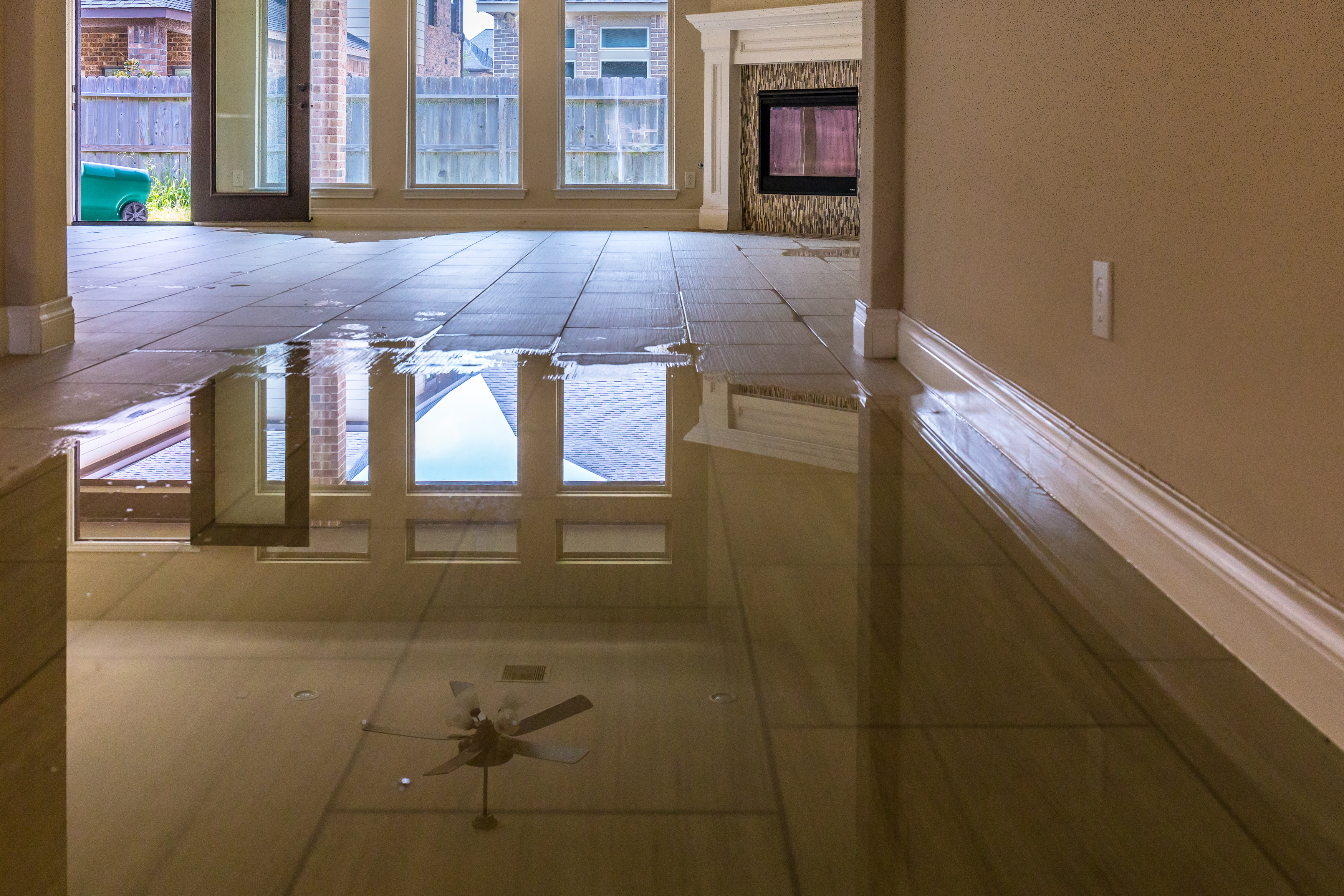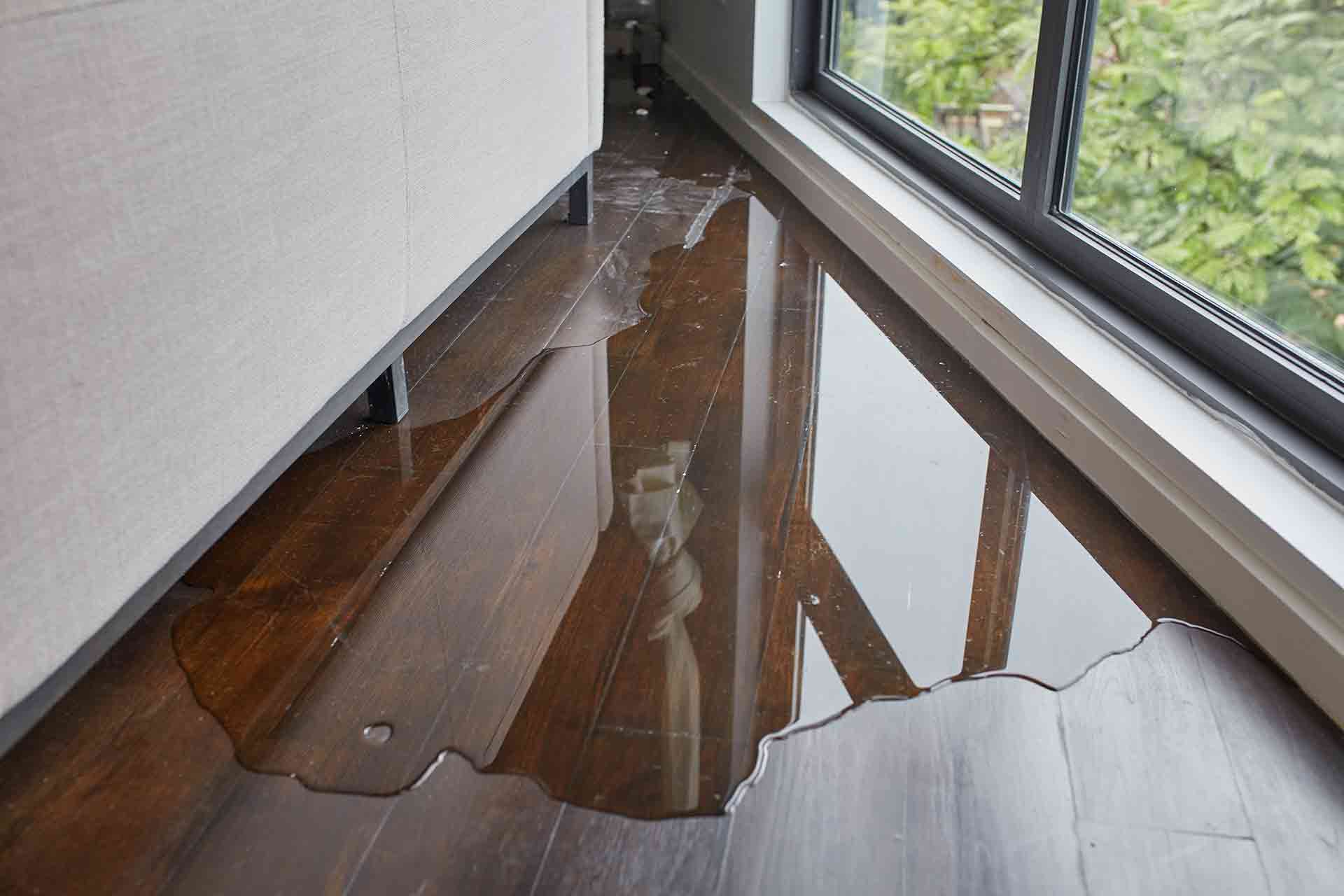Just How to Avoid Water Damage in Your Bathroom
Just How to Avoid Water Damage in Your Bathroom
Blog Article
We have noticed this article involving Looking for Signs of Water Damage in the Bathroom listed below on the web and accepted it made perfect sense to relate it with you here.

The bathroom is incredibly susceptible for damp buildup and potential water damage because of the constant use water in it. This article provides easy evaluation methods to assist detecting water damage risks.
The regular use water in the shower room makes it exceptionally at risk for moist buildup and also possible water damage. By examining it regularly, you can minimize water associated damages.
The complying with set of evaluations is very easy to execute and also must be done when in every three months in order to keep your restroom in good shape and also to stop possible water problems triggered by the bathtub, the shower, pipe joints as well as plumbing, sinks, cabinets, and also the toilet
Do not neglect performing these inspections as well as be extensive while performing them. Keep in mind that these simple inspections can conserve you a great deal of cash by supplying early indicators for water damage
Sinks and Cabinets
Sinks and also closets are subjected to wetness and humidity day-to-day and also are commonly ignored. Examine routinely under the sink and on the kitchen counter over it. Repair any drip in the catch as it might suggest drain troubles. Browse the sink, sluggish draining pipes might suggest a blocked drain. Change sink seals if they are split or loose.
Bathtub and also Shower
The shower as well as bathtub require unique interest and upkeep. Inspect the ceramic tiles and replace if cracked. Make certain that there is no missing cement in between the ceramic tiles. Evaluate and also change split caulking at joints where the wall surfaces meet the flooring or the tub. Clogged drains pipes and pipelines issues will stop the bathtub from drying out as well as might suggest serious troubles below the bath tub. Speak with a specialist instantly to stop structural damages. Focus on stainings or soft locations around the bathtub wall surfaces as they may suggest an inner leak.
Plumbing
Signs for water damage are tough to spot considering that the majority of pipelines are mounted inside the walls.
Pay unique focus to flooring as well as wall surfaces moisture as well as discolorations as they might indicate an undetectable plumbing trouble. Check wetness degrees in adjacent rooms also.
The Commode
The commode is a susceptible water joint. Examine the water lines and search for leaks around the toilet seat, in the pipe, and under the water storage tank. If you find any indications of dampness on the floor around the bathroom, look for leakages in the toilet rim as well as container seals.
Be aware that hanging bathroom dish antiperspirants enhances the possibilities for obstructions.
TIPS TO PREVENT WATER DAMAGE IN THE BATHROOM
The average household uses approximately 80-100 gallons of water per person per day. For a family of 4, that's almost 2,500 gallons of water a week! The largest portion of this consumption comes from bathroom use. Flushing the toilet uses the most water, followed by taking a shower or bath. With that much water running through the home, water damage in the bathroom is bound to happen. Knowing how to spot signs of a water leak is essential to preventing long-term damage. This guide provides you with tips to reduce the impact of water damage on your bathroom.
CAUSES OF BATHROOM WATER DAMAGE
Pipe breaks are the most common cause of water damage we see in our daily jobs. The age of a pipe plays a large role in a pipe break as well as corrosion. Over time, the metal begins to break down, allowing water to escape. Frozen pipe breaks are also a concern in the winter months. Toilet overflows caused by paper products or children flushing inappropriate items. Degraded caulking around the toilet or bathtub can allow water seepage, sometimes behind the fixture, into the subfloor or walls. Condensation forms when the water in a pipe is cooler than the air temperature. Beads of water form on the exterior of the pipes, sometimes so much so that the water begins to drip and pool below. Sink or shower backups created by poor drainage. HOW TO PREVENT WATER DAMAGE IN YOUR BATHROOM
Inspect your toilet supply line for worn or frayed hoses and replace them as needed. Winterize your plumbing to prevent a frozen pipe break. Use vent fans to prevent condensation that can lead to mold growth. Routinely check and replace degraded caulking around your toilet or bathtub. Increase the temperature in your toilet tank and insulate your pipes during the warm summer months to keep condensation from forming. Use child safety locks on the toilets. Flush only toilet paper. "Flushable" wet wipes are actually not good for your plumbing system. Additionally, feminine hygiene products should not be flushed. Prevent water from escaping the tub or shower. Make sure shower curtains are in good condition. Inspect shower doors and replace the seal strip if necessary. Wipe up any water that accumulates on the floor and use bath mats. Water left to sit can cause damage to the tiles and flooring. Refrain from using bath products containing heavy oils to avoid a clogged drain.

Do you appreciate reading up on Common Causes of Water Damage in a Bathroom? Make feedback down below. We will be pleased to see your opinion about this post. We are looking forward to see you back again in the near future. Sharing is caring. You won't know, you may be doing someone a favor. I love reading our article about How to Fix a Water Damage Bathroom.
Additional Resources Report this page